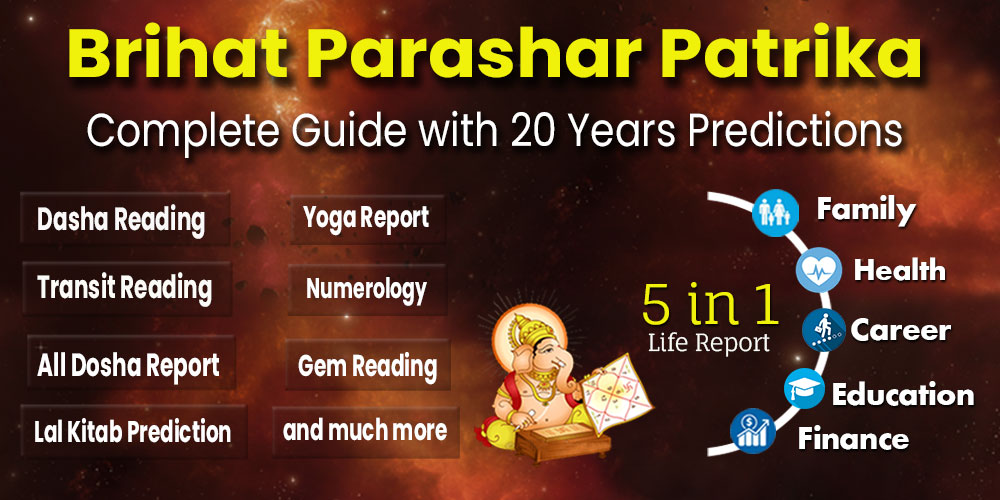Significance
It is believed that Trideva reside in Sangam’s Yamuna or Prayagraj. Hence, taking a bath in Prayag, Allahabad during Magh month holds immense importance. It is believed to provide auspicious results equivalent to ten thousand Ashwamedh yagya. In Magh month, taking a bath in Ganga or other holy rivers during Brahma Muhurta is considered to be very auspicious. Magh Snan begins on the day of Paush Shukla Ekadashi or Purnima and ends on the day of Magh Shukla Dwadashi or Purnima. When Sun is in Capricorn sign during Magh month, a person should keep fasts and make donations, charities etc. Taking a bath in Ganga or Yamuna at Sangam is considered to be most auspicious.
History
The Magh (Kumbh) Mela is one of the greatest annual religious affairs for Hindus. Hindu mythology considers the origin of the Magh Mela to be the beginning of the Universe. An important occasion, the Magh (Kumbh) Mela is held every year on the banks of Triveni Sangam (the confluence of the three great rivers Ganga, Yamuna and Saraswati) in Prayag near Allahabad in Uttar Pradesh. In accordance with the traditional Hindu calendar followed in North India, this holy fair is organised every year during the Hindu month of Magh (corresponding to mid January - mid February of the Gregorian calendar); hence the name. The Magh Mela is, however, not confined only to the month of Magh and the important bathing dates are spread over a period of 45 days. The Magh Mela is actually a smaller version of Kumbh Mela. Hence it is also known as mini Kumbh Mela. Every year, the Magh Mela commences on the day of Makkar Sankranti in January, which is the first important bathing day according to the religious Hindu calendar. It begins with multitudes of pilgrims taking a holy dip at the Sangam on auspicious dates. A large number of people arrive here annually and stay in makeshift houses or tents at the Sangam, spending the entire month of Magh in prayers. This period is known as "Kalpvas". Those who religiously observe the "Kalpvas" are known as "Kalpvasis". The ancient Hindu Vedas mention a "Kalp" to be the period equal to the total number of years in the four yugas - Satyug, Treta, Dwapar and Kalyug. This adds up to several millions of years. It is said that by piously observing a "Kalpavas", a devotee overcomes the sins in his/her previous birth and escapes the cycle of Janma(birth) and Karma (actions). During each day of the Magh Mela, a Kalpvasi has to take a dip at the Ganges on sunrise praying to the rising sun. Majority of the Kalpvasis partake only a meal a day. After observing 12 Kalpavas, a Kalpavasi has to donate his/her bed and all his belongings (a ritual known as "Shayya Daan"). The Uttar Pradesh government annually makes special arrangements for the devotees during this time. A greater number of buses ply to let the pilgrims have their journey in peace and without any inconvenience. A township of tents specially come up on the banks of the Sangam to provide shelter to the visiting millions who turn up from all over the country. Adequate medical and security arrangements are made to avoid any untoward incidents. "Lost and Found" camps are also set up and manned by the local police to prevent anyone getting missing during the days of the fair. Every twelfth year, the Magh Mela is transformed into the Kumbha Mela. Uttar Pradesh is flooded with millions of pilgrims who arrive here during this time to attend this grand event.
Determination of Date
Magh Snan (bath) starts on the day of Paush Purnima falling at sun rise. If Paush Purnima does not fall at the time of sun rise or gets extended up to two days then it shall be celebrated on the first day of Poornima Tithi.
How to Celebrate
Navratri puja is very simple and not very complicated. One can easily observe the fast; even if one cannot observe the fast he can simply recite mantra "Om Ang Haring Kalim Shree Maha Durgay Namah". One must carefully work upon his/her aahar (food), vyavhaar (behaviour) and acharan (character) during these sacred days.
Aahar - One should always avoid non vegetarian foods and consuming "Satvik" food like fruits, Kutu Ka Aata, Singara Ka Aata, Curd and Potatoes is considered to be auspicious. Usage of Onion and Garlic should be avoided.
Vyavhaar and Acharan - During Navratri festival all devotees should worship Maa Durga with spiritual emotion.
Get your house cleaned and ready. You are inviting Goddess into the home. Usually this is done on the Amavasya, a day before the beginning of Navratri.
On the first day of the Navaratri, a small bed of mud (taken from any auspicious place) is prepared in the puja room of the house and barley seeds are sown over it. On this Bed a Kalash made of Earthen/ Copper is kept and filled with water. Above the pot a bowl filled with rice is kept. A dry Coconut wrapped with mango leaves is then kept over this Kalash. This Kalash is believed to be a symbolic form of Goddess Durga. By keeping Kone invocate the goddess in the Kalash.
On the tenth day, the shoots are about 3 - 5 inches in length. After the puja, these seedlings are pulled out and given to devotees as a blessing from god. This Kalash must not be touched during the nine days. One diya is lit close to this Kalash which is supposed to burn endlessly for nine days. This is known as Akhand Jyoti.
Many people believe that the length of the Shoots determines the Quantum of income that they will have in coming six months. This belief could have been because India is basically an agrarian economy wherein the productivity of the land determined one's income.
